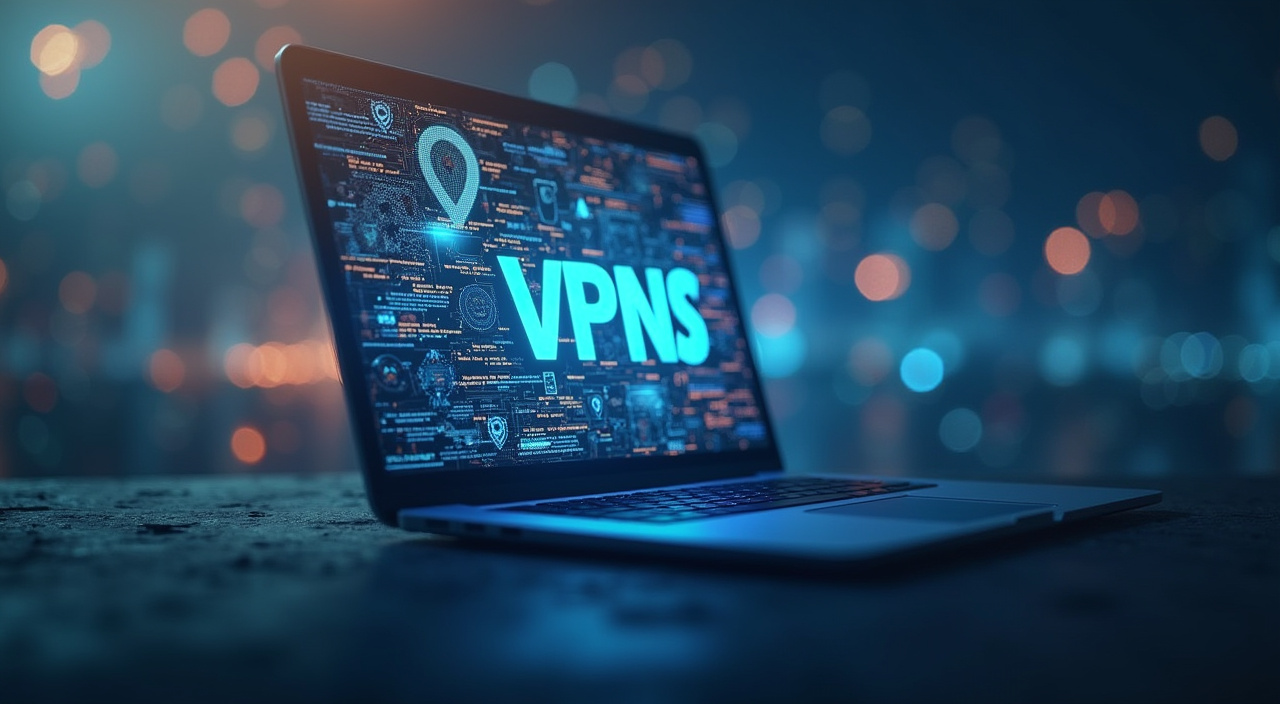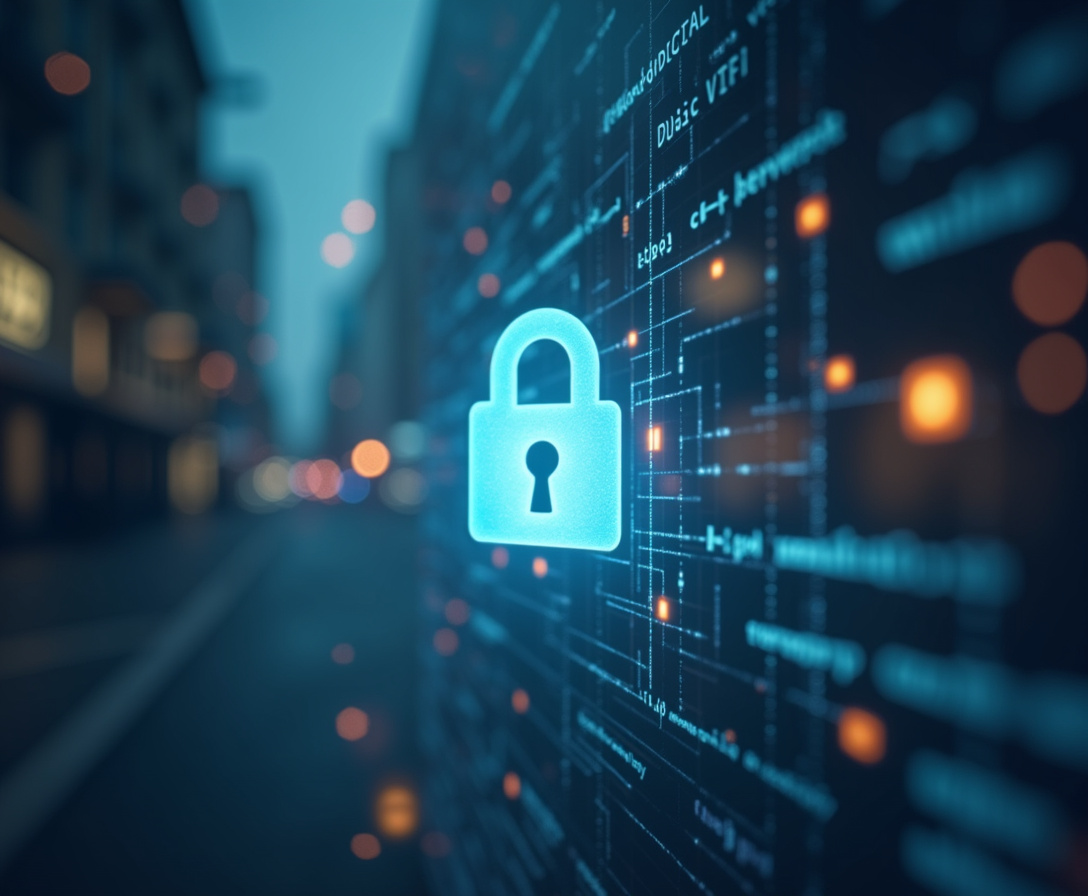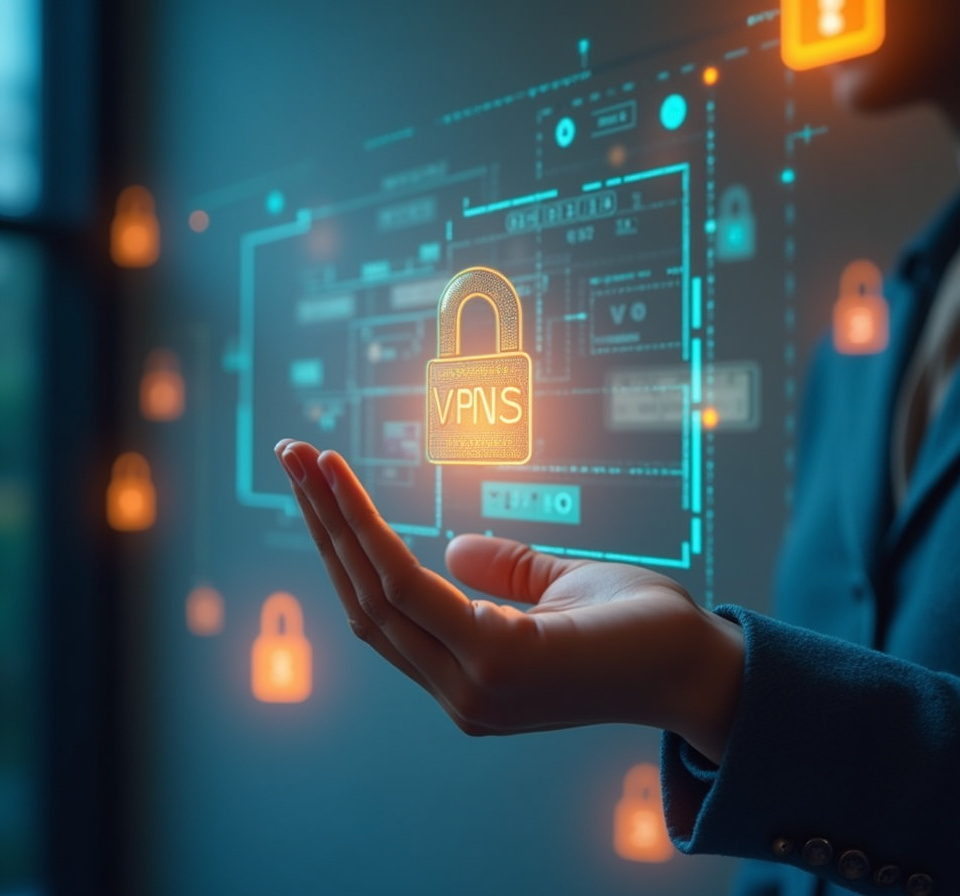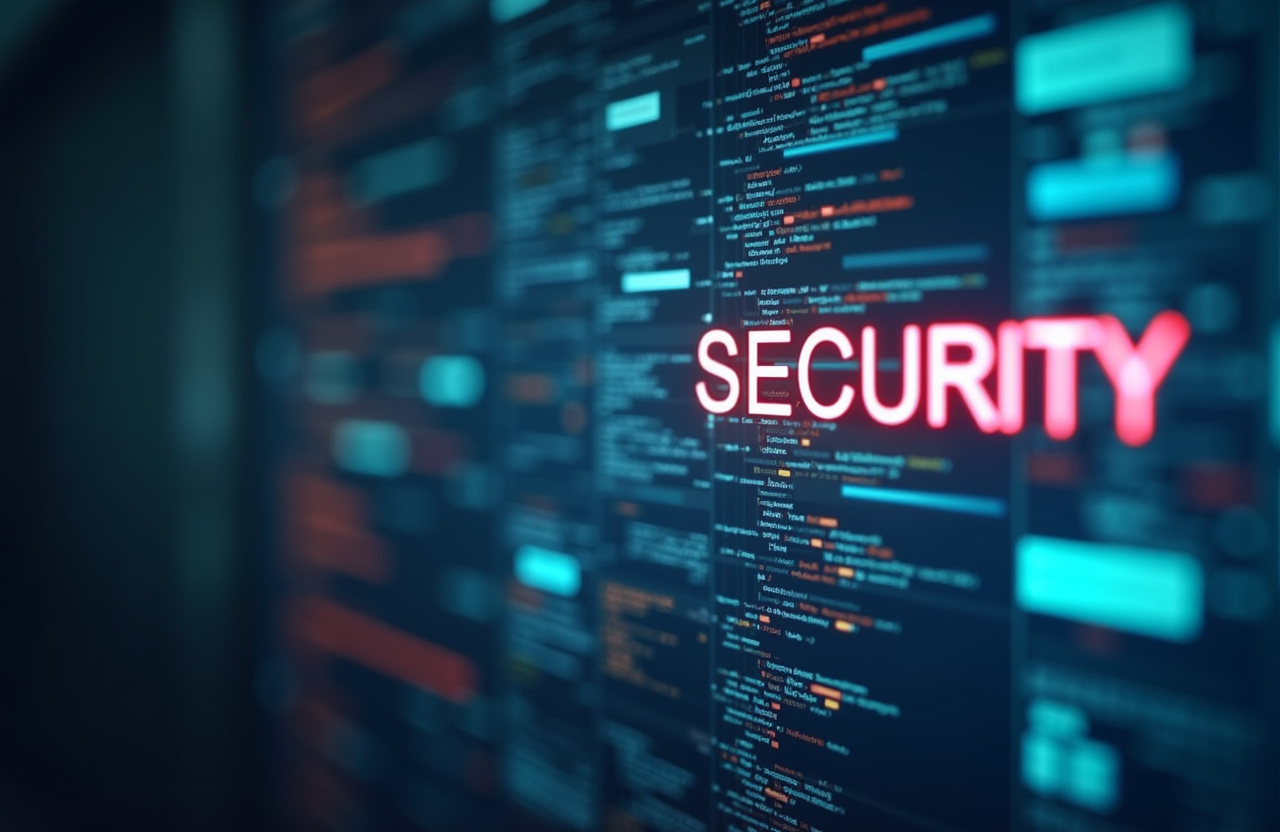VPNs for Renewable Energy: Securing Grid Data
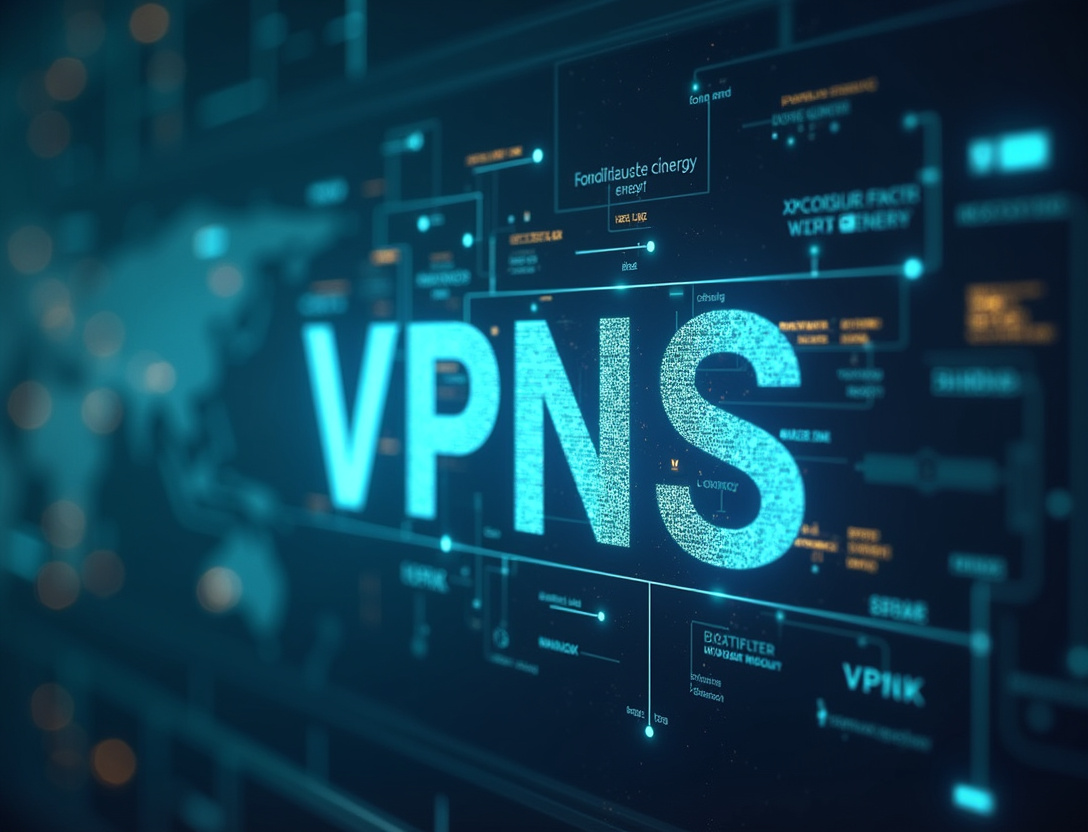
Table of Contents
VPNs for Renewable Energy: Securing Grid Data
The escalating adoption of renewable energy sources necessitates robust cybersecurity measures to protect the integrity and confidentiality of grid data. This article explores the critical role of Virtual Private Networks (VPNs) in securing renewable energy infrastructure, focusing on how they contribute to infrastructure protection, maintain operational integrity, and safeguard sensitive information. We'll delve into the specific vulnerabilities within the renewable energy sector and how VPNs provide tailored solutions to mitigate these risks, ensuring a stable and secure transition to a sustainable energy future.
The integration of renewable energy sources, such as solar, wind, and hydro power, into the electrical grid presents both opportunities and challenges. While these sources offer a cleaner and more sustainable alternative to traditional fossil fuels, they also introduce new attack vectors for cybercriminals. The geographically dispersed nature of renewable energy facilities, coupled with the reliance on interconnected networks for communication and control, creates a complex security landscape.
These systems are often managed remotely, passing data through multiple points. A single breach in one location can potentially compromise the entire grid, leading to widespread disruptions and significant financial losses. Traditional security measures that were designed for centralized power plants are often inadequate for protecting the distributed and interconnected nature of renewable energy systems.
This necessitates a new approach to cybersecurity that prioritizes data encryption, access control, and incident response. Virtual Private Networks (VPNs) offer a powerful and versatile solution for addressing these challenges. By creating a secure, encrypted tunnel for data transmission, VPNs shield sensitive information from unauthorized access and manipulation.
This is crucial for protecting grid data, which includes real-time monitoring information, control commands, and financial transactions. Moreover, VPNs can also be used to secure remote access to renewable energy facilities, allowing operators to manage and maintain these systems from anywhere in the world without compromising security. The use of VPNs is not merely a technological upgrade; it's a fundamental requirement for ensuring the resilience and reliability of the renewable energy sector.
Without proper security measures, the increasing reliance on renewable energy sources could inadvertently create new vulnerabilities that can be exploited by malicious actors. Therefore, it is essential for energy companies and government agencies to prioritize the implementation of robust VPN solutions as part of a comprehensive cybersecurity strategy. The operational integrity of renewable energy systems depends on the ability to securely transmit and process data.
VPNs play a crucial role in protecting this integrity by preventing unauthorized access to critical systems and ensuring that data is not tampered with during transmission. This is particularly important for systems that control the flow of electricity, such as substations and transmission lines. If these systems are compromised, it could lead to power outages and equipment damage.
In addition to protecting against external threats, VPNs can also help to mitigate insider threats. By implementing strong access controls and monitoring user activity, VPNs can prevent unauthorized employees from accessing sensitive data or systems. This is important for ensuring that only authorized personnel can make changes to the grid configuration or control the flow of electricity.
Overall, VPNs are an essential tool for ensuring the operational integrity of renewable energy systems and protecting the electrical grid from cyberattacks. Properly implemented VPNs can make it exceedingly difficult for hackers to intercept or tamper with the data stream, contributing to the stability and reliability of the grid.
Effective implementation of VPNs in the renewable energy sector necessitates a comprehensive understanding of the unique requirements of the industry and the specific operational context of different renewable energy sources. Each type of renewable energy facility, from sprawling solar farms to remote wind turbines, presents distinct security challenges. Therefore, a one-size-fits-all approach to VPN deployment is unlikely to be effective.
Instead, energy companies must carefully assess the specific vulnerabilities of each facility and tailor their VPN configurations accordingly. For example, a wind farm located in a remote area may rely on wireless communication links to transmit data back to the control center. These wireless links are particularly vulnerable to eavesdropping and man-in-the-middle attacks.
A VPN can mitigate these risks by encrypting all data transmitted over the wireless links, ensuring that only authorized personnel can access the information. Furthermore, the VPN can be configured to authenticate all devices that connect to the network, preventing unauthorized devices from gaining access. In contrast, a solar farm located in a densely populated area may be more vulnerable to physical security threats.
In this case, the VPN can be used to secure remote access to the solar farm's control systems, preventing unauthorized personnel from gaining control of the facility. The VPN can also be configured to monitor all network traffic for suspicious activity, alerting security personnel to potential threats. Beyond the specific requirements of different renewable energy sources, it is also important to consider the overall architecture of the energy grid when implementing VPNs.
The grid is a complex and interconnected system, comprising various components, including generation facilities, transmission lines, and distribution centers. Each of these components may have different security vulnerabilities and require customized VPN configurations. A robust VPN strategy should include network segmentation, dividing the grid into isolated security zones.
This prevents a successful attack on one part of the grid from spreading to other critical areas. The deployment must be coupled with well-defined security policies outlining responsibilities, standard procedures, and disaster recovery protocols. These policies should explicitly address user authentication, access control, encryption standards, and incident response mechanisms.
Proper training for all personnel involved in the management and operation of renewable energy facilities is also crucial. Emphasizing the importance of VPN usage, threat detection, and adherence to security policies can significantly reduce the risk of human error, a common factor in cybersecurity breaches. Selecting the appropriate VPN solution is another critical aspect of effective implementation.
Organizations must evaluate factors such as encryption strength, performance, scalability, ease of management, and cost when choosing a VPN provider or solution. Open-source VPNs offer greater customizability and transparency, but require more technical expertise to manage and maintain. Commercial VPNs generally provide user-friendly interfaces and comprehensive support, but may come at a higher cost.
Some modern VPN solutions also offer advanced features such as intrusion detection and prevention, and integration with Security Information and Event Management (SIEM) systems for centralized monitoring and analysis. The selection process should align with the organization’s specific needs, technical capabilities, and budget considerations. Ultimately, the effectiveness of VPNs in securing renewable energy infrastructure hinges on a holistic approach that encompasses technology, policy, training, and continuous monitoring.
Grid data security in the renewable energy sector is paramount, directly influencing operational efficiency, reliability, and the overall stability of energy supply. VPNs play a vital role in protecting this data by establishing secure and authenticated communication channels, especially when dealing with remote access and geographically dispersed facilities. The ability to monitor and control renewable energy assets remotely is essential for optimizing performance, responding to outages, and conducting routine maintenance.
However, remote access without adequate security measures can introduce significant vulnerabilities. A VPN addresses this by creating an encrypted tunnel between the remote user and the control center, effectively shielding sensitive data from potential eavesdroppers and unauthorized access attempts. Multi-factor authentication (MFA) should be implemented alongside the VPN to provide an additional layer of security, verifying the user's identity through multiple channels, such as a password and a one-time code sent to their mobile device.
This makes it significantly more difficult for attackers to gain access to the system, even if they manage to obtain the user's credentials. Furthermore, VPNs can be configured to enforce granular access control policies, ensuring that users only have access to the specific resources they need to perform their job functions. This principle of least privilege limits the potential damage that can be caused by an insider threat or a compromised account.
By segmenting the network into different security zones and assigning users to specific zones based on their roles and responsibilities, organizations can effectively contain security breaches and prevent them from spreading to other critical areas. Beyond securing remote access, VPNs are also crucial for protecting data in transit between different components of the renewable energy grid. Modern renewable energy systems rely on a complex network of sensors, controllers, and communication devices to monitor and manage energy production and distribution.
The data transmitted between these devices can be highly sensitive, including real-time performance metrics, control commands, and financial transactions. A VPN can encrypt this data stream, preventing attackers from intercepting and manipulating the information. This is particularly important for protecting against man-in-the-middle attacks, where attackers intercept communications between two parties and inject malicious code or data.
In addition to encryption, VPNs can also provide data integrity checks, ensuring that the data has not been tampered with during transmission. This is important for preventing attackers from altering control commands or manipulating energy prices. Many modern VPN solutions also offer advanced features such as intrusion detection and prevention, which can help to identify and block malicious traffic before it reaches the network.
These systems monitor network traffic for suspicious activity and automatically take action to block or quarantine any threats. The integration of VPNs with other security technologies, such as Security Information and Event Management (SIEM) systems, provides a holistic approach to grid data security. SIEM systems collect and analyze security logs from various sources, providing a centralized view of the security posture of the entire renewable energy grid.
This allows security personnel to quickly identify and respond to potential security incidents. Continuous monitoring and auditing of VPN logs is essential. This includes tracking user activity, identifying potential security breaches, and ensuring that the VPN is configured correctly.
By proactively monitoring and managing VPNs, renewable energy companies can ensure that their security posture remains strong in the face of evolving cyber threats.
VPNs for Services: Enhancing Security and Privacy
Operational integrity in the renewable energy sector is inextricably linked to the reliability and security of the underlying data infrastructure. Any disruption or compromise of data can have severe consequences, including power outages, equipment damage, and economic losses. VPNs are a cornerstone technology for maintaining this operational integrity by ensuring secure and reliable communication across the distributed network of renewable energy facilities.
The challenge of maintaining operational integrity is amplified by the increasing complexity and interconnectedness of modern smart grids. These grids rely on bidirectional communication between various components, including generation facilities, transmission lines, distribution centers, and even consumer devices. This interconnectedness creates a larger attack surface for cybercriminals and increases the potential impact of a successful attack.
VPNs help to mitigate these risks by providing a secure and encrypted channel for communication between these various components. This ensures that only authorized devices and personnel can access sensitive data and control critical systems. Furthermore, VPNs can be used to segment the network into different security zones, isolating critical infrastructure from less secure areas.
This limits the potential damage that can be caused by a successful attack, preventing attackers from gaining access to the entire grid. Another critical aspect of operational integrity is the ability to quickly detect and respond to security incidents. VPNs can be integrated with intrusion detection systems (IDS) and security information and event management (SIEM) systems to provide real-time monitoring of network traffic and security events.
These systems can automatically detect suspicious activity and alert security personnel to potential threats, allowing them to respond quickly and mitigate the damage. In addition to technical security measures, strong security policies and procedures are also essential for maintaining operational integrity. These policies should address issues such as access control, password management, incident response, and disaster recovery.
Regular security awareness training for all personnel is also crucial to ensure that they are aware of the latest threats and know how to respond to security incidents. Disaster recovery planning is a critical component of maintaining operational integrity in the renewable energy sector. Natural disasters, such as hurricanes and earthquakes, can cause widespread damage to renewable energy facilities and disrupt power generation.
A well-defined disaster recovery plan should outline the steps that need to be taken to restore power generation as quickly as possible in the event of a disaster. This plan should include procedures for backing up critical data, restoring network connectivity, and communicating with stakeholders. VPNs can play a crucial role in disaster recovery by providing secure remote access to critical systems, allowing personnel to manage and restore power generation from remote locations.
They can also be used to establish secure communication channels between different recovery teams and stakeholders, ensuring that everyone is kept informed of the latest developments. Moreover, regular vulnerability assessments and penetration testing should be conducted to identify and address any weaknesses in the security infrastructure. These assessments can help organizations identify potential vulnerabilities before they are exploited by attackers.
The results of these assessments should be used to improve security policies, procedures, and technical controls. By proactively identifying and addressing vulnerabilities, renewable energy companies can significantly reduce their risk of cyberattack and maintain the operational integrity of their systems. The use of VPNs, alongside other security measures, contributes significantly to overall resilience.
The Future of VPNs: Advancements in Security and Integration
In conclusion, the integration of VPNs into the renewable energy sector is no longer a matter of choice but a fundamental necessity for securing grid data, ensuring infrastructure protection, and maintaining operational integrity. As renewable energy sources continue to proliferate and become increasingly interconnected, the vulnerabilities they present to cyberattacks demand robust and adaptive security solutions. VPNs offer a critical layer of defense, encrypting sensitive data, securing remote access, and enabling network segmentation to isolate critical infrastructure.
However, the effectiveness of VPNs hinges on a holistic approach that encompasses technology, policy, training, and continuous monitoring. Simply deploying a VPN solution without addressing these other aspects of cybersecurity will leave the renewable energy grid vulnerable to attack. Energy companies must invest in comprehensive security policies that outline responsibilities, standard procedures, and disaster recovery scenarios.
These policies should be regularly reviewed and updated to reflect the evolving threat landscape. Employee training is equally important, ensuring that all personnel are aware of the latest threats and know how to respond to security incidents. Human error remains a significant vulnerability in any cybersecurity system, and a well-informed workforce is essential for preventing breaches.
Furthermore, the choice of VPN solution should be carefully considered based on the specific needs of the renewable energy facility and the overall architecture of the energy grid. Open-source VPN solutions offer a high degree of customization and transparency, while commercial VPN solutions may provide additional features and support. The best VPN solution is one that meets the security requirements of the organization while also being easy to manage and maintain.
Continuous monitoring and maintenance are also essential for ensuring the long-term effectiveness of VPNs. VPNs, like any other security technology, require regular updates and patching to address newly discovered vulnerabilities. Security logs should be regularly reviewed to identify potential security incidents.
By proactively monitoring and maintaining VPNs, renewable energy companies can ensure that their security posture remains strong in the face of evolving threats. The future of renewable energy security will likely involve the integration of VPNs with other advanced security technologies, such as artificial intelligence (AI) and machine learning (ML). These technologies can be used to automate threat detection and incident response, making it easier for security personnel to manage the complex and ever-changing security landscape.
AI-powered security systems can analyze network traffic in real-time, identifying anomalous behavior and automatically blocking malicious activity. ML algorithms can be used to learn from past security incidents and predict future attacks. By combining VPNs with AI and ML, renewable energy companies can create a resilient and adaptive security system that is capable of protecting against even the most sophisticated cyber threats.
Ultimately, the security of the renewable energy sector is a shared responsibility that requires collaboration between energy companies, government agencies, and cybersecurity experts. By working together, these stakeholders can develop and implement effective cybersecurity strategies that ensure the reliable and secure delivery of clean energy for years to come. Investing in robust cybersecurity measures, including the strategic deployment of VPNs, is an investment in the future of sustainable energy and a more secure world.
As renewable energy continues to play an increasingly important role in meeting global energy demands, the need for robust cybersecurity measures will only become more critical. By embracing a proactive and comprehensive approach to cybersecurity, the renewable energy sector can ensure that it remains a reliable and secure source of clean energy for generations to come.
Stay Updated
Get the latest VPN news, tips, and exclusive deals to your inbox.

